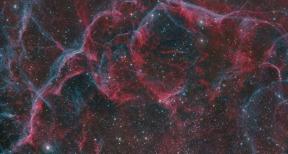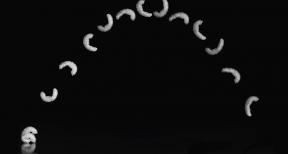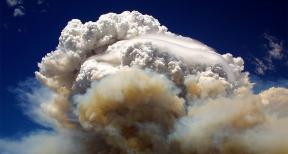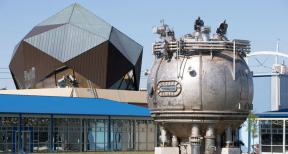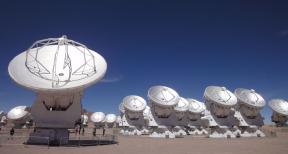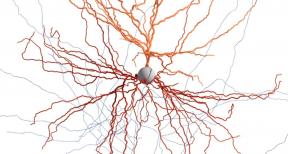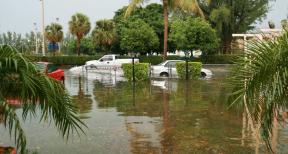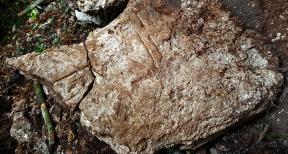A proposed space telescope would use Earth’s atmosphere as a lens – Science News
Telescopes keep getting bigger — and more expensive. But what if there were a better way?
One astronomer has suggested a possible work-around: Turn the entire Earth into a telescope lens by using the planet’s atmosphere to bend and focus light.
When light from stars hits Earth’s atmosphere, the light bends, or refracts. That bending concentrates the rays, focusing them in a region of space on the opposite side of the planet. Put a spacecraft in the right spot — say, orbiting 1.5 million kilometers from Earth — and it could catch the focused rays, says David Kipping of Columbia University (SN: 10/14/17, p. 22). Instruments aboard the craft might be able to collect more light from dim objects than is possible by current telescopes on Earth. That means the terrascope, as Kipping calls his design, could potentially make ultrasensitive measurements, for example, revealing new features of exoplanets, such as mountain ranges or clouds, he says.
Kipping has outlined the idea in a study accepted in Publications of the Astronomical Society of the Pacific. But some scientists are questioning its merits. Astrophysicist Slava Turyshev of NASA’s Jet Propulsion Laboratory in Pasadena, Calif., suggests that the concept is infeasible for a variety of reasons, from the difficulty of blocking out unwanted light from Earth to the possible blurring of images caused by light entering the atmosphere at different heights.
Others are a bit more optimistic. “There’s clearly a lot of work to do before we’ll know if it will work,” says Martin Elvis of the Harvard-Smithsonian Center for Astrophysics. “Even if this neat idea doesn’t pan out, this is the kind of creative thinking that will get astronomy out of the linear thinking trap of wanting a bigger version of what we already have.”
Citations
D. Kipping. The ‘terrascope’: On the possibility of using the Earth as an atmospheric lens. Publications of the Astronomical Society of the Pacific, in press, 2019.
Further Reading
M. Temming. How scientists took the first picture of a black hole. Science News. Vol. 195, April 27, 2019, p. 7.
L. Grossman. David Kipping seeks new and unexpected worlds. Science News. Vol. 192, October 14, 2017, p. 22.
C. Crockett. New telescopes will search for signs of life on distant planets. Science News. Vol. 189, April 30, 2016, p. 32.
R. Cowen. An uncomfortable silence. Science News Online, September 17, 2010.
More from Science News
-
Are researchers asking the right questions to prevent mass shootings?
-
Exploding stars scattered traces of iron over Antarctic snow
-
The worst wildfires can send smoke high enough to affect the ozone layer
-
One in 4 people live in places at high risk of running out of water
-
Why people with celiac disease suffer so soon after eating gluten
-
Giant, active galaxies from the early universe may have finally been found
-
How pieces of live human brain are helping scientists map nerve cells
-
Racist words and acts, like the El Paso shooting, harm children’s health
-
A fungus makes a chemical that neutralizes the stench of skunk spray
-
How the 5 riskiest U.S. cities for coastal flooding are preparing for rising tides
-
With nowhere to hide from rising seas, Boston prepares for a wetter future

